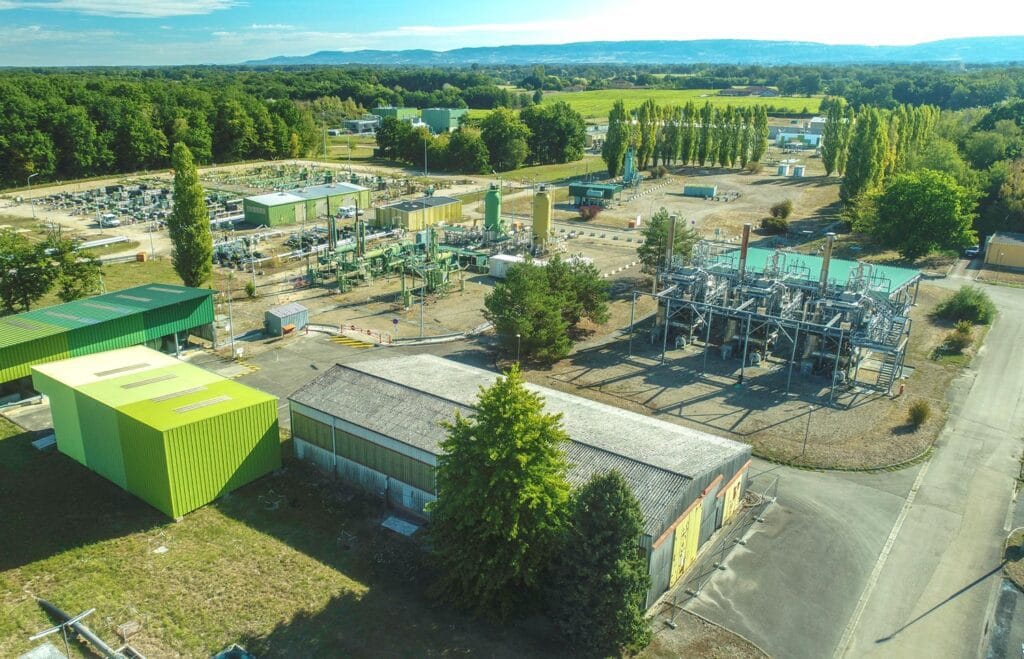To support its development in renewable energies, Morocco is studying the possibility of using underground saline cavities as a storage solution for green hydrogen. This technology, already employed elsewhere in the world, could play a key role in securing the country’s energy supply, reports Meed.
A technology inspired by natural gas storage
Located near Casablanca, these cavities are currently undergoing a technical assessment. Samir Rachidi, general director of Iresen, emphasizes that one of them is already used for natural gas storage, suggesting a similar use for hydrogen. However, the exact capacity of these reservoirs will only be clarified once the study is completed.
The principle is based on a purification and compression process before underground injection, a method proven by the chemical group Linde in Texas, where one of the first installations of this type operates. If implemented, this infrastructure would constitute a strategic reserve to respond to fluctuations in green hydrogen demand.
A booming sector in Morocco
At the same time, several structuring projects are underway in the country. The OCP group is finalizing a study for an industrial complex that would produce 1 million tons of green ammonia per year by 2027. This project would include a green hydrogen production unit of 200,000 tons annually, powered by renewable energies totaling 4,000 MW, and an electrolyzer of 2,000 MW.
Other initiatives are also in development:
- China Energy International Construction Group signed a memorandum of understanding in 2023 to establish a green hydrogen production unit on the southern coast of Morocco.
- CWP Global, in partnership with the American Bechtel, plans to deploy 15 GW of renewable capacity for the Amun project, requiring an investment between 18 and 20 billion dollars.
A well-defined roadmap
Morocco committed to developing this sector as early as 2019 with the creation of a National Hydrogen Commission, followed in 2021 by the publication of a dedicated strategy. This strategy sets several milestones:
- An initial phase (2020-2030) focused on the production and export of green hydrogen and ammonia.
- A gradual expansion of international trade between 2030 and 2040.
- A full integration into global exchanges by 2050.
With these initiatives, Morocco aims to establish itself as a major player in green hydrogen, while enhancing its energy independence and attracting investors.
With Barlamane


